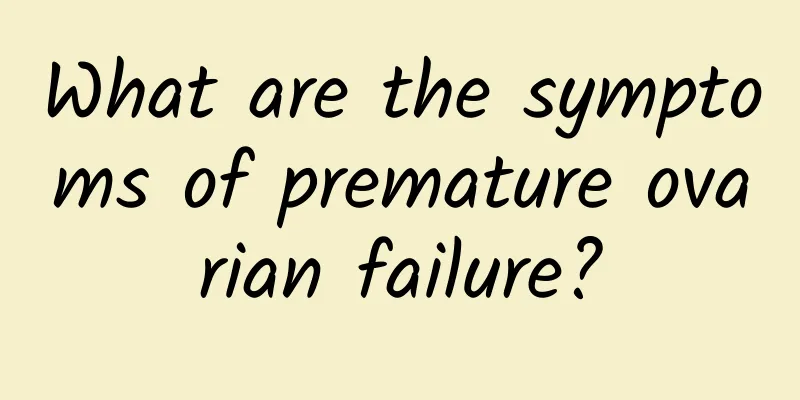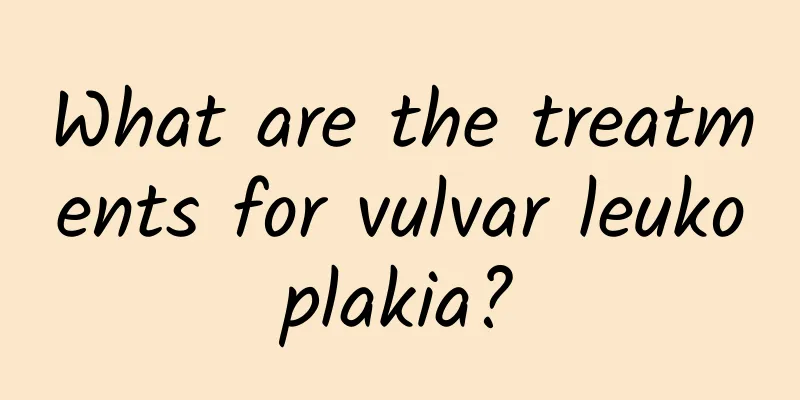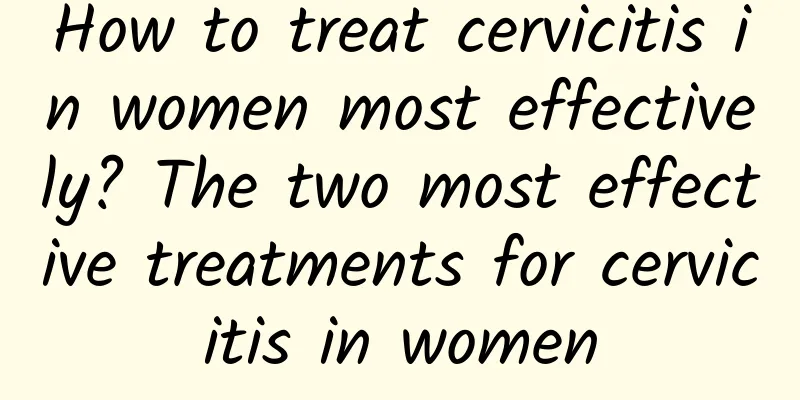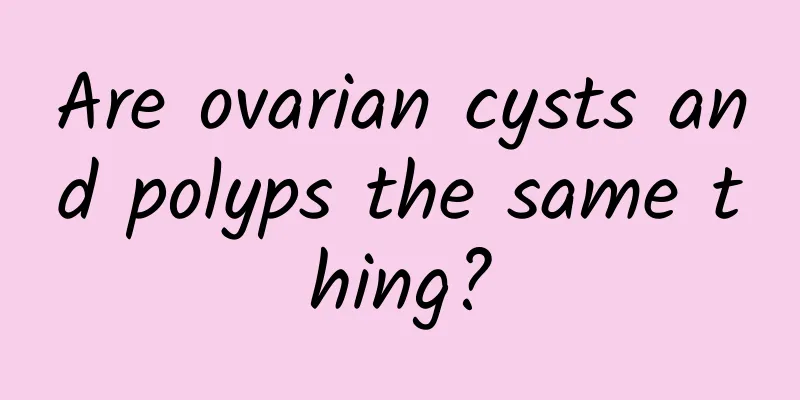How to treat gynecological uterine fibroids? Who are the people who are prone to gynecological uterine fibroids?
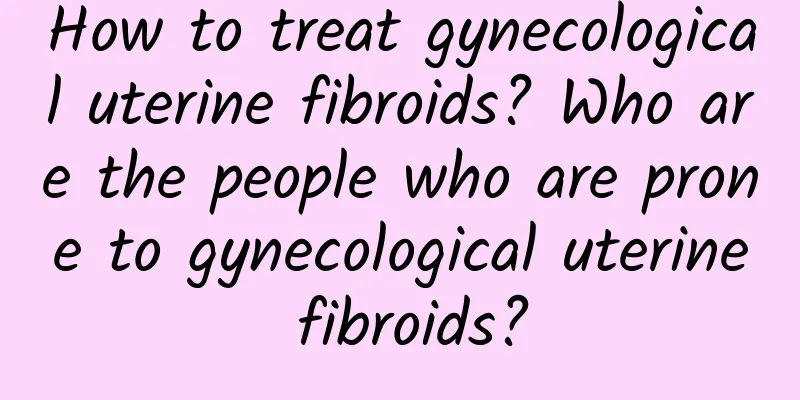
|
Compared with the increasingly comfortable life now, people's physical fitness is getting worse and worse. Gynecological problems also trouble many female friends, among which gynecological uterine fibroids is one of them. So, how to treat gynecological uterine fibroids? What is the susceptible population? With the development of medical technology, there are more and more treatments for uterine fibroids. The main treatments are as follows: 1. Hysteroscopic and laparoscopic treatment: Suitable for various gynecological tumors of 7: cm. Only 3 holes of about 5 mm in size need to be opened in the abdomen. The whole operation process can be visualized, preserving the uterus and fertility. There is no scar, no surgery, fast recovery, no seasonal restrictions for surgery, and the patient can be discharged from the hospital in 3-5 days. 2. Radiofrequency ablation: It is suitable for intramural submucosal fibroids with a diameter of less than 4 cm. It is a less invasive treatment method that can preserve the patient's fertility. It is less painful, has a quick recovery, does not require hospitalization, and can maintain the integrity of the patient's reproductive system. 3. Traditional laparotomy: completely remove the fibroids, suitable for patients with various uterine fibroids who have no surgical contraindications and no fertility requirements. 4. Combination of Chinese and Western Medicine: Suitable for patients with small fibroids or those approaching menopause and clinically asymptomatic. It is a conservative treatment, does not require hospitalization, preserves the uterus, and has a stable therapeutic effect. For the population prone to uterine fibroids, compared with more than ten years ago, uterine fibroids are increasingly favoring middle-aged women in their 30s or 40s, especially infertility, sexual dysfunction and depression. The specific cause of uterine fibroids is not very clear, but excessive hormone secretion is the most common cause of uterine fibroids. The three behavioral patterns of women are the culprits of endocrine disorders and excessive hormone secretion. I hope the above content can help patients and friends in need, and I hope to recover as soon as possible. |
<<: How to treat uterine fibroids? How to use medication for uterine fibroids?
>>: How to treat uterine fibroids? How to take medicine for uterine fibroids
Recommend
Where do the dangers of menopause come from?
Menopause is an inevitable experience for every w...
The essential ingredients for eating hot pot in cold weather to lose weight
When it’s cold, having a pot of hot pot with a fe...
Does Chinese medicine treatment work for thick endometrium?
What are the traditional Chinese medicines for tr...
The main causes of ectopic pregnancy in daily life
Ectopic pregnancy is actually a type of gynecolog...
New treatment method for congenital absence of vagina
The overall goal of treatment for girls with cong...
What is the cause of cervical hypertrophy and excessive secretion?
Cervical hypertrophy and excessive secretions may...
What are the complications of ovarian cysts and how much is the treatment cost?
What are the complications of ovarian cysts? How ...
Symptoms of early pelvic inflammatory disease
Pelvic inflammatory disease is a common gynecolog...
Are there seasons for weight loss? Fat loss in winter and body sculpting in summer
(Text/Yang Qilin) Q: Are there seasons for weight...
How to treat an ectopic pregnancy?
How to treat an ectopic pregnancy? Ectopic pregna...
Professional coaches teach 4 movements to build perfect chest muscles
[Key Points]: The chest is a part of the body tha...
What are the consequences of not removing a large uterine fibroid?
If uterine fibroids are not removed when they are...
One month after miscarriage, the belly is obviously enlarged
Belly enlargement one month after miscarriage may...
What grade of disease does uterine fibroids belong to? What grade of disease does uterine fibroids belong to?
What grade of disease does uterine fibroids belon...
What are the symptoms of female cervicitis? How does female cervicitis cause infertility?
The fact that cervicitis causes infertility is st...

